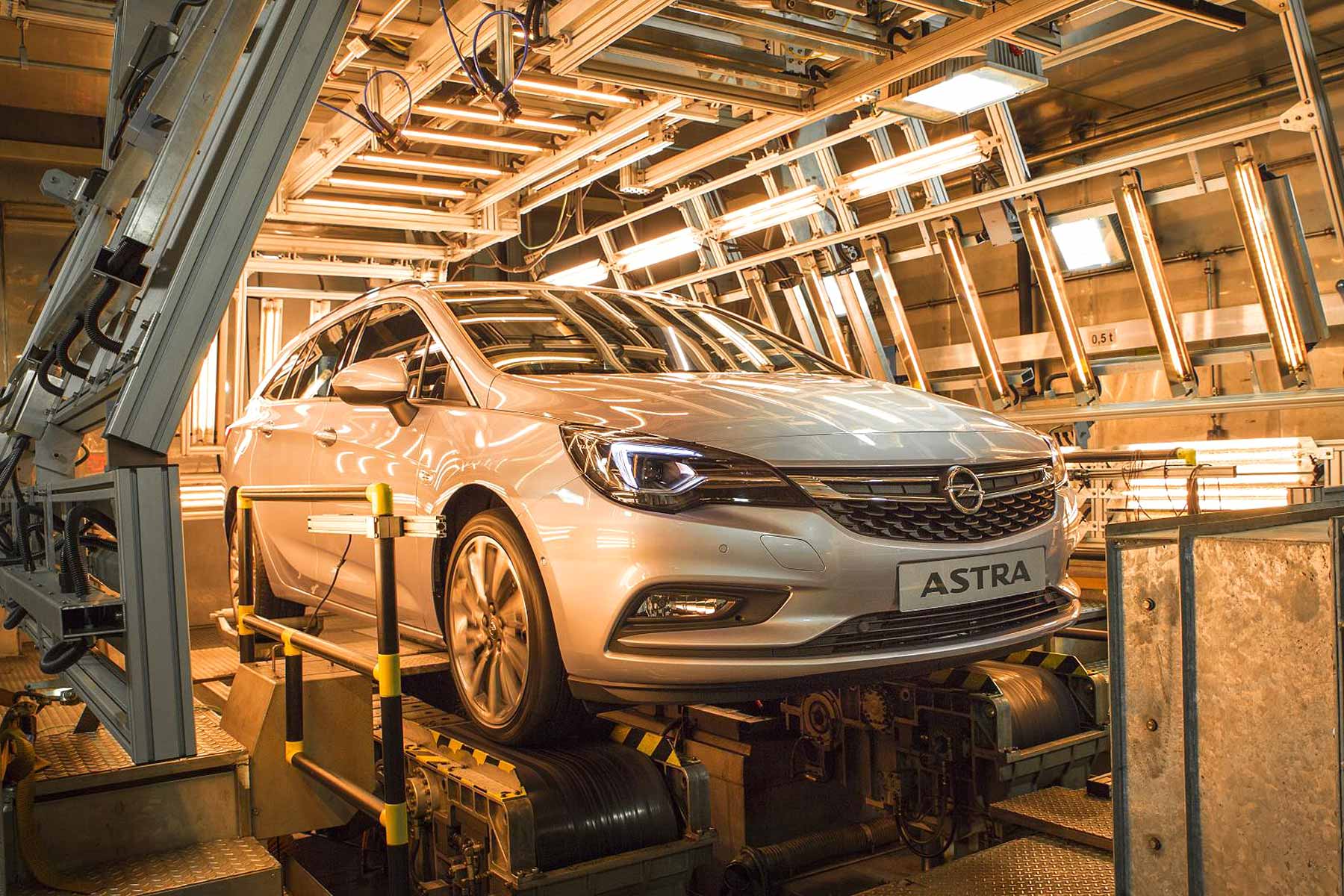 European car manufacturers have responded to recent tests by the British and German transport authorities by saying they know the test cycle is outdated – and for them, the new, more real-world test can’t come soon enough.
European car manufacturers have responded to recent tests by the British and German transport authorities by saying they know the test cycle is outdated – and for them, the new, more real-world test can’t come soon enough.
Representing Europe’s 15 vehicle makers, The European Automobile Manufacturers’ Association said it’s actually “been advocating for many years an updated laboratory test… as well as an additional new test to measure pollutant emissions on the road”, according to ACEA secretary general Erik Jonnaert.
- Mitsubishi reveals fuel economy test misconduct
- Real world fuel economy: there is a limit
- BMW 320D ED Plus review: long-term test
Both are coming. A new, more representative fuel economy test called WLTP – World Harmonized Light Test Cycle and Procedures – is due to take force next year, replacing the current outdated NEDC test.
The second real-world test, called Real Driving Emissions (RDE), is due to arrive then too, although the European Commission is taking a step-by-step approach in approving it – and two key packages to help car makers start preparing for RDE are still missing and “urgently needed to complete the legislation”.
As it stands, the EC aims to present the third package in October 2016 and the fourth, final package by early 2017. Car makers, it seems, want confirmation to come sooner: the legislation is due to go live for all newly-launched cars by September 2017, and all vehicles on sale by 2019.
A few campaign groups have already speculated that delays in gaining approval could see the WLTP and RDE tests delayed.
When they go live, car makers will have to minimise the discrepancy between WLTP lab test figures and RDE real-world figures to a maximum of 110%, which will fall to a maximum of 50% by January 2020. Currently, the discrepancy can be as much as 400%.
“These results show again that we now need to move forward with the new testing conditions in order to bridge the gap with the lab test,” said Jonnaert.
“RDE represents a tremendous effort for Europe’s car manufacturers, both in terms of investments and production, but our industry will take up this challenge.”